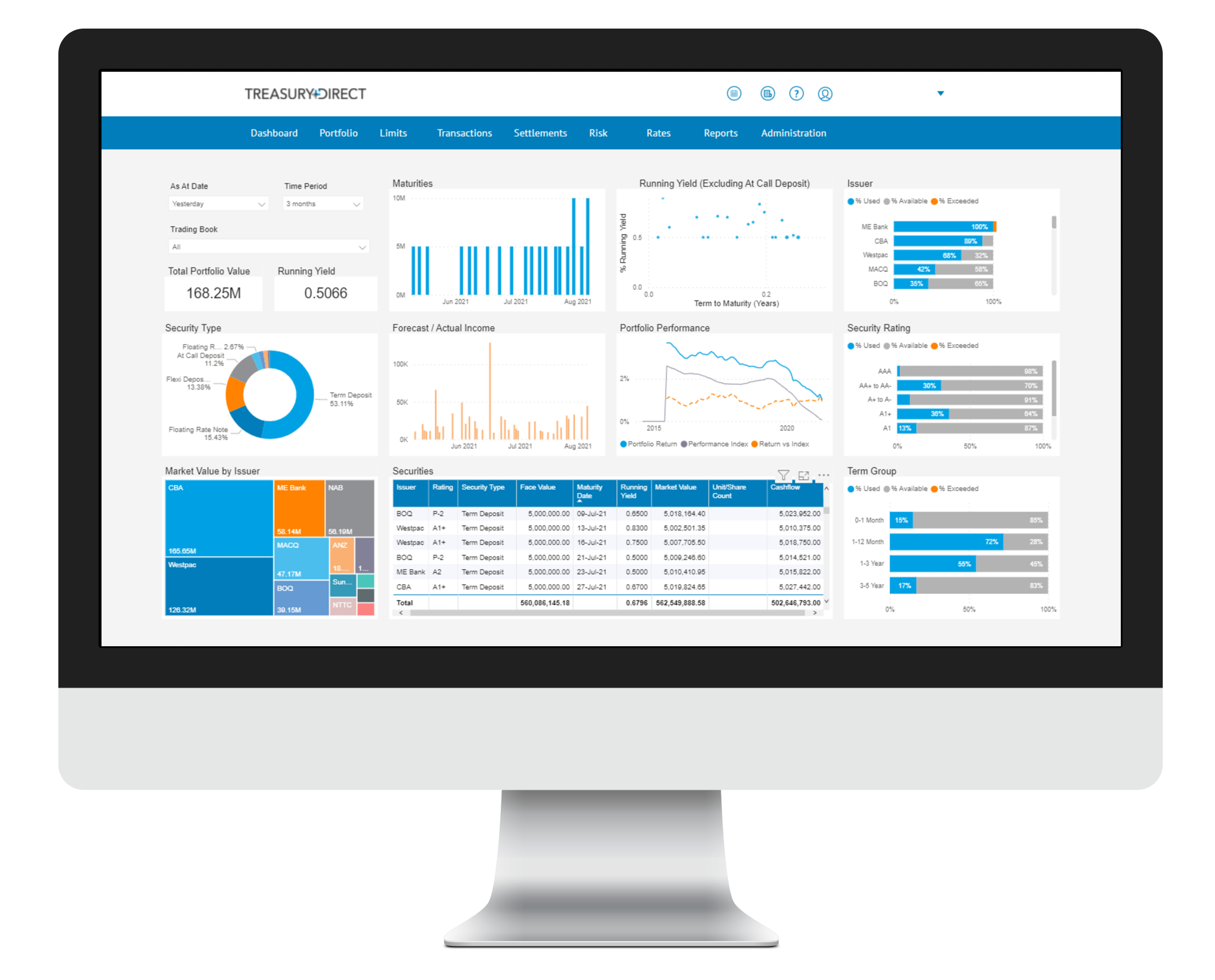Markets Overview
- ASX SPI 200 futures up 0.8% to 8,380.00
- Dow Average up 0.3% to 42,792.07
- Aussie up 0.8% to 0.6458 per US$
- US 10-year yield fell 2.8bps to 4.4513%
- Australia 3-year bond yield rose 4 bps to 3.64%
- Australia 10-year bond yield rose 7 bps to 4.52%
- Gold spot up 0.8% to $3,230.44
- Brent futures up 0.2% to $65.55/bbl
Economic Events
- 14:30: (AU) May RBA Cash Rate Target, est. 3.85%, prior 4.10%
- 14:30: (AU) RBA-Statement on Monetary Policy
Stocks in Asia were poised to track Wall Street higher as investors looked past the US credit downgrade by Moody’s Ratings.
Equity-index futures rose in Tokyo, Hong Kong and Sydney, buoyed by a recovery in the S&P 500 on Monday after an early slide. The US benchmark climbed for a sixth straight day to close on the brink of a bull market. Treasuries also bounced, following a rout that briefly drove 30-year yields above 5%. The dollar and gold were steady in early trading Tuesday.
Stocks in Europe and the US shrugged off the ratings downgrade after Treasury Secretary Scott Bessent downplayed concerns, saying the government is determined to lower spending and boost the economy. Investors in Asia are also staying focused on the outcome of US trade negotiations with India and Japan after talks with China on lowering tariffs boosted optimism.
“The search for fresh market catalysts begins,” said Chris Larkin at E*Trade from Morgan Stanley. “The S&P 500 ended last week up for the year, and just a little more than 3% below its all-time high. Whether it closes that gap in the near future is one thing, sustaining a rally past it is another.”
The Chinese government accused the Trump administration of undermining recent trade talks in Geneva with its warning that using Huawei Technologies Co.’s artificial-intelligence chips “anywhere in the world” would violate US export controls. The Asian nation’s Commerce Ministry demanded in the statement that the US “correct its mistakes.”
India is discussing a US trade deal structured in three tranches and expects to reach an interim agreement before July, when President Donald Trump’s reciprocal tariffs are set to kick in, according to officials in New Delhi familiar with the matter.
In Australia, investors will focus on comments from the central bank later Tuesday on the roadmap for the economy as the Reserve Bank of Australia meets to decide on interest rates. Economists and money markets expect the RBA to announce a quarter percentage-point cut to bring its cash rate a two-year low of 3.85%.
Still, they reckon Governor Michele Bullock may be reluctant to suggest further easing to come when she appears before journalists later Tuesday.
Elsewhere in Asia, there are signs China’s prolonged property crisis, deflationary pressure and worries about unemployment are weighing on confidence among households. While data on Monday showed industrial output expanded faster than expected in April, consumption disappointed.
The government, which set an ambitious economic growth target of about 5% for 2025, has previously made boosting domestic consumption a priority this year.
“Rosy industrial production figures reflect only one part of the economy,” said Raymond Yeung, chief economist for Greater at Australia & New Zealand Banking Group Ltd. “But April retail sales figures show that people are not willing to spend. To achieve 5% growth, we still need consumption.”
Back in the US, several strategists said any pullback may be a buying opportunity.
Thomas Lee at Fundstrat Global Advisors sees the Moody’s downgrade as a “largely non-event,” while adding that in case of any stock weakness, he would be “buying this dip aggressively.”
Elsewhere, Goldman Sachs Group Inc. strategist David Kostin expects the “Magnificent Seven” group of technology stocks to resume outperforming the broader S&P 500 on robust earnings trends.
The moves in Treasuries had investors monitoring comments by policymakers to see how they would deal with any uncertainty due to tariffs.
Two Federal Reserve officials, including New York Fed chief John Williams, suggested policymakers may not be ready to lower interest rates before September as they confront a murky economic outlook.
Fed Vice Chair Philip Jefferson also emphasized a wait-and-see approach at the Atlanta Fed’s 2025 Financial Markets Conference Monday. He said it’s important for the Fed to make sure any potential increase in prices doesn’t evolve into a sustained rise in inflation.
Investors now see less than a 10% chance of a rate cut when policymakers next meet June 17-18 in Washington. Based on pricing in fed funds futures, investors expect two quarter-point reductions by year’s end, down from the four seen at the end of April.
In commodities, oil steadied on Tuesday after ended the previous session slightly higher as investors looked for clues about Russia-Ukraine truce talks and a potential nuclear deal with Iran.

